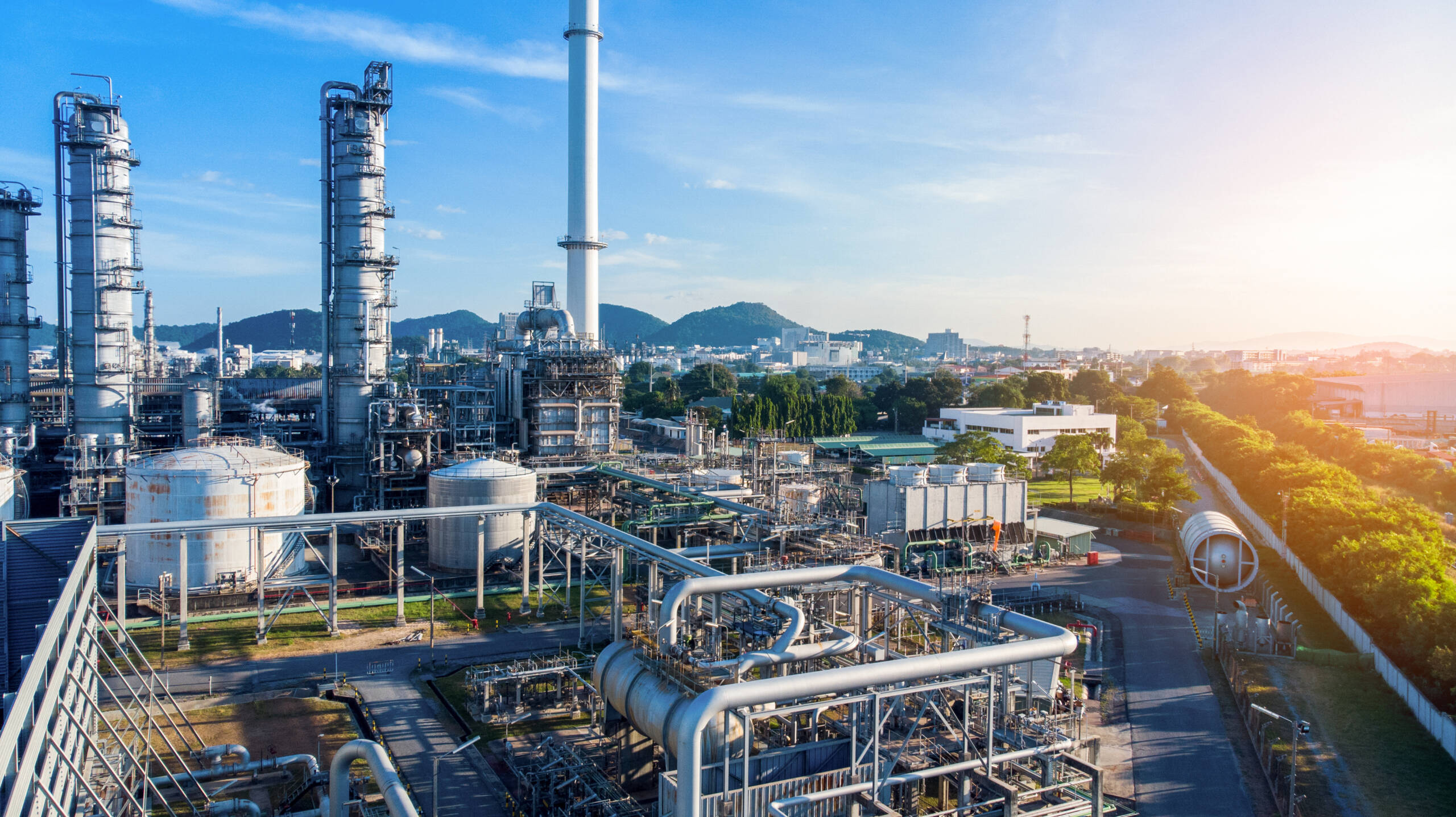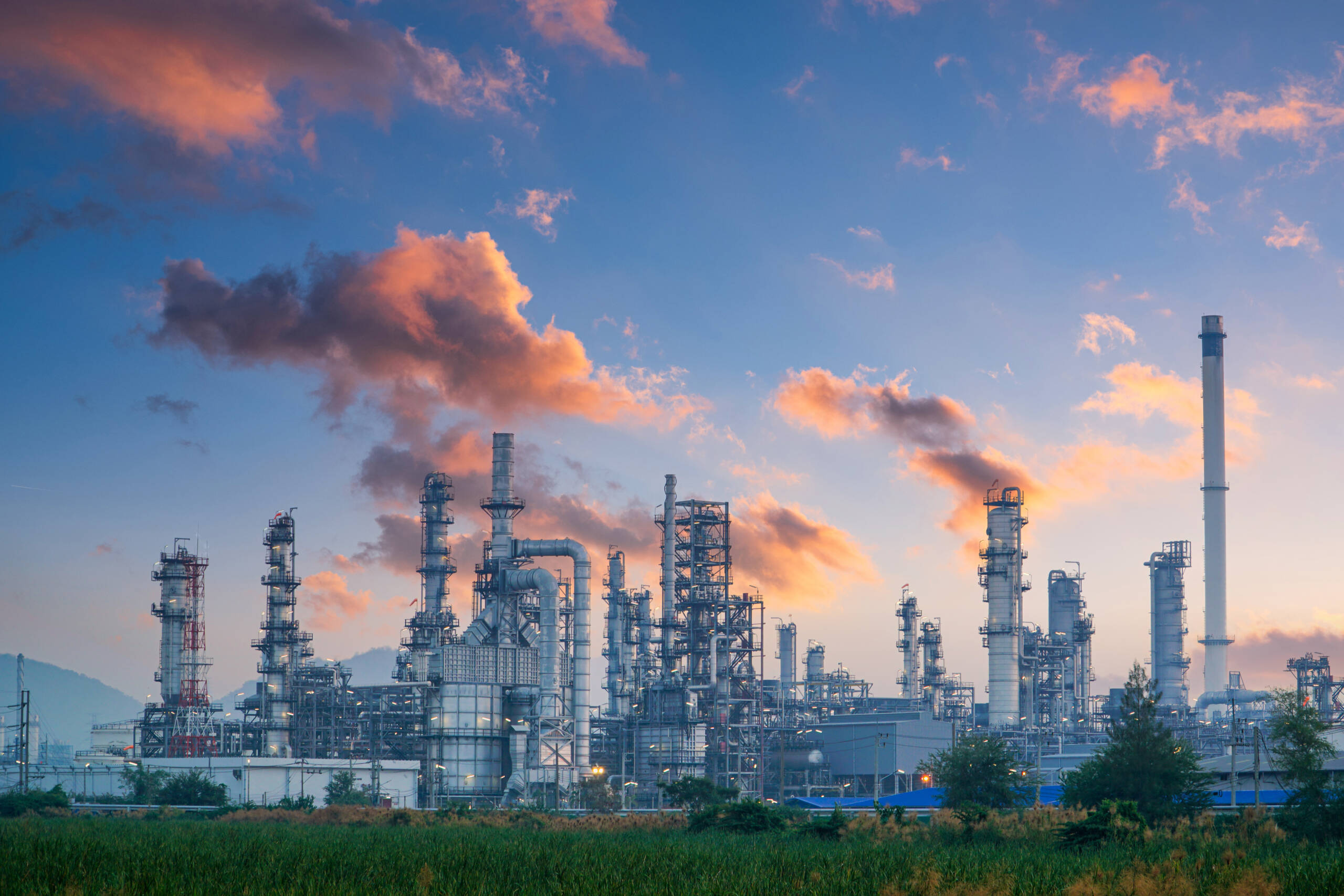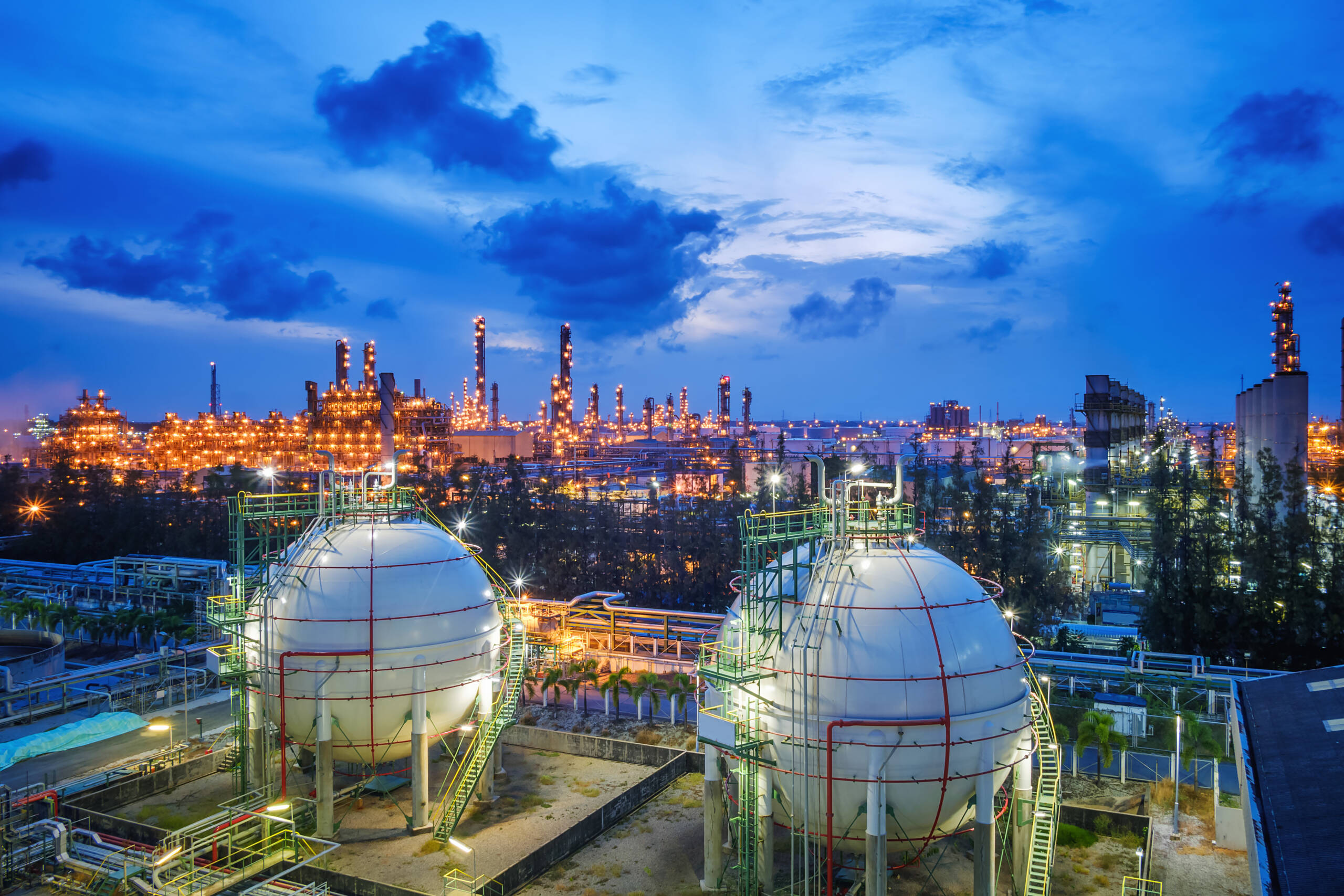Go back

Biotechnology and Beyond, Transforming Industry
With over fifty years of global experience, Ayesa excels in delivering innovative solutions across a wide range of industrial sectors. From logistics and distribution centers to metallurgical plants, agri-food facilities, and chemical complexes, we specialize in improving operational efficiency, and sustainability. Our capabilities also extend to supporting some of the largest yeast and life sciences production facilities globally. Ayesa has established itself as a leading biotechnology engineering firm, having designed 30 yeast plants in the last two decades alone.



Our mission is to provide comprehensive advisory and engineering services that address diverse challenges across industries. We help leaders across the manufacturing sector transition their operations to net zero, be more sustainable, and adopt circular economy principles. From initial feasibility studies to operational maintenance and sustainability consulting, Ayesa is there to support you:
We specialize in transformational technologies to leverage data across your entire value chain.
Our goal is to provide you with the best services for your needs